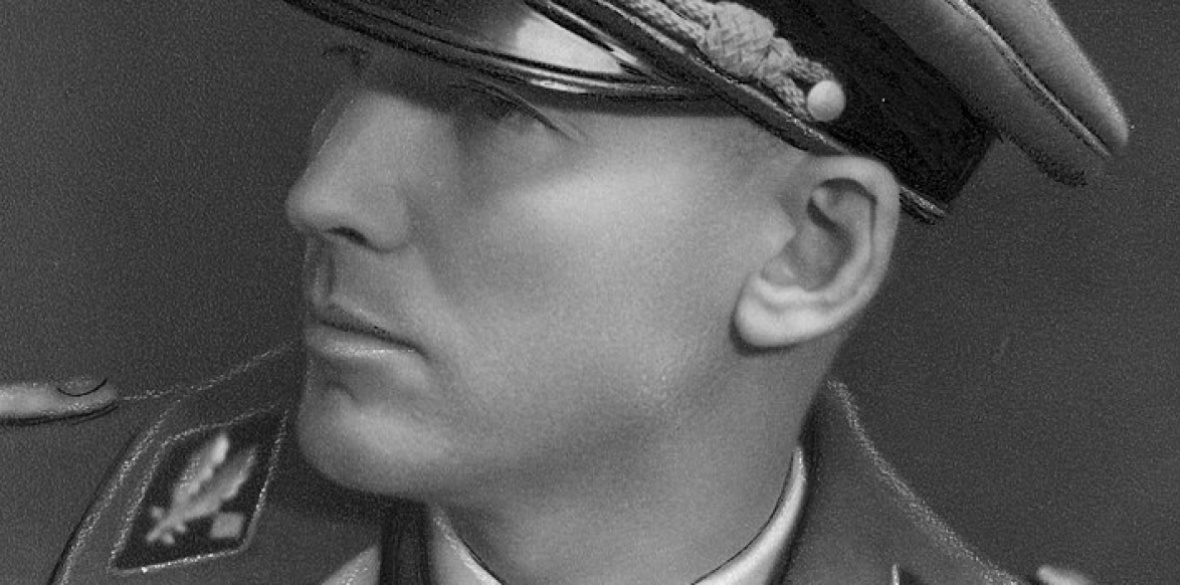This is the last article you can read this month
You can read more article this month
You can read more articles this month
Sorry your limit is up for this month
Reset on:
Please help support the Morning Star by subscribing here
WHAT is perhaps the last trial of a Nazi is currently drawing to a close in Hamburg, Germany. In the dock is an SS butcher who participated in the killing of over 5,000 Jews and Poles at the Stutthof camp in Poland where over 63,00 inmates were murdered.
A trial of a different kind, equally compelling, takes place in this book by Philippe Sands. In his previous book East West Street, he recounted the genocide in Poland around the camp in Lviv in which his grandfather was a victim.
In The Ratline he returns to Lviv again but this time tells the story from the perspective of the SS officer Otto von Wachter, in charge of arranging the “final solution” in Poland.
The book has an intriguing double narrative, set in the past and present. The past is devoted to the story of the Austrian von Wachter — his beginnings as the likely planner of the failed Nazi Vienna putsch in 1934, his escape to Berlin — where he climbs the Nazi hierarchy to finally achieve a rank second only to Hitler — and his subsequent flight to Rome after the Nazi defeat, where he was sheltered by a Catholic bishop.
The present concerns von Wachter’s son Horst, who is steadfast in the belief — despite overwhelming evidence to the contrary — that his father was a dupe and victim of the killing machine rather than being an integral part of it.
The first half of the book recounts von Wachter’s story up to his death in Rome in 1949 and the second half is a murder mystery in which Sands sets out to discover the truth about his demise, given that he may have been poisoned by the Americans, the British, the Vatican, Nazi hunter Simon Wiesenthal — who was imprisoned in von Wachter’s camp — or his own SS comrades.
Sands’s main source for reconstructing the story is the diary of von Wachter’s wife, Charlotte. With an eye for art, having studied design in London, she robs the Polish National Museum blind — like Noah, she took at least one of every kind and period of art that attracted her gaze.
Von Wachter, a very public face of the Nazi regime and held responsible for killing 50 Poles in a reprisal after a Polish uprising, arrived in Rome at a time in 1949 when Britain and the US had for the most part given up prosecuting ex-Nazis.
They were instead either allowing the Vatican to whisk them out of Europe and on to South America — most popular destination, Argentina — or recruiting them to be, in some cases, the backbone of their own European intelligence operations.
The double narrative reveals much about the way denazification was not only halted but converted into still government operations. Particularly implicated are the Italian Christian Democrats, who came to power in 1948 and turned a blind eye to any attempt at justice after they were enthroned in an election partly financed by the Vatican and the US.
The Dolomites mountain range begins in South Tyrol in Austria and ends in the Veneto region of Italy. It’s a popular tourist route but, as Sands reminds us, it was an easy way for Nazis such as von Wachter to cross from the hotbed of divided Austria, where they were hunted by the Soviets, to the relative safety of Italy where they were protected by priests and bishops ensconced in the Vatican.
The Ratline: Love, Lies and Justice on the Trail of a Nazi Fugitive is published by Weidenfeld and Nicolson, £20











